Cyprichromis and Paracyprichromis are very special mouthbrooding cichlids from Lake Tanganyika. The animals sometimes live in huge shoals and feed on small animals that they pick out of the free water column. To attract the attention of the females, the males can be very brightly colored. They do not occupy actual territories. The females, on the other hand, are as inconspicuously colored as possible and enjoy the protection of the community from predators in the shoal.
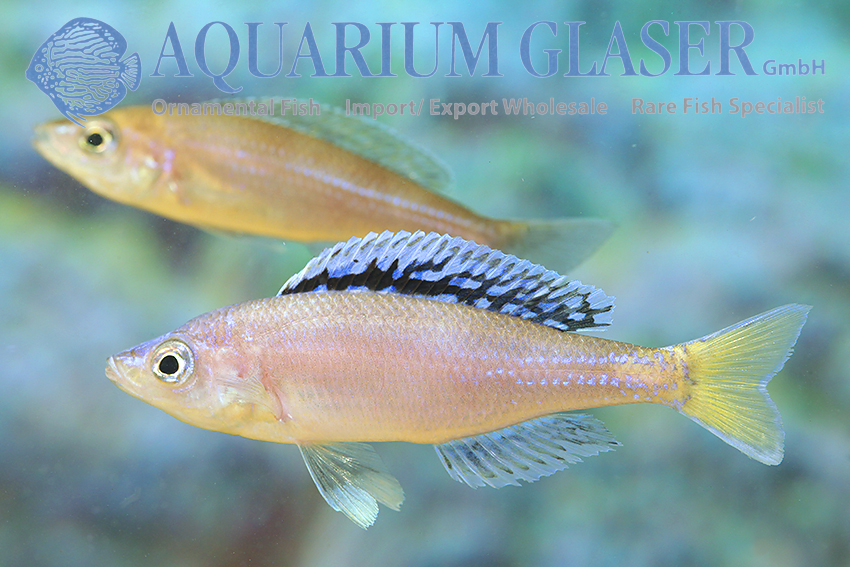
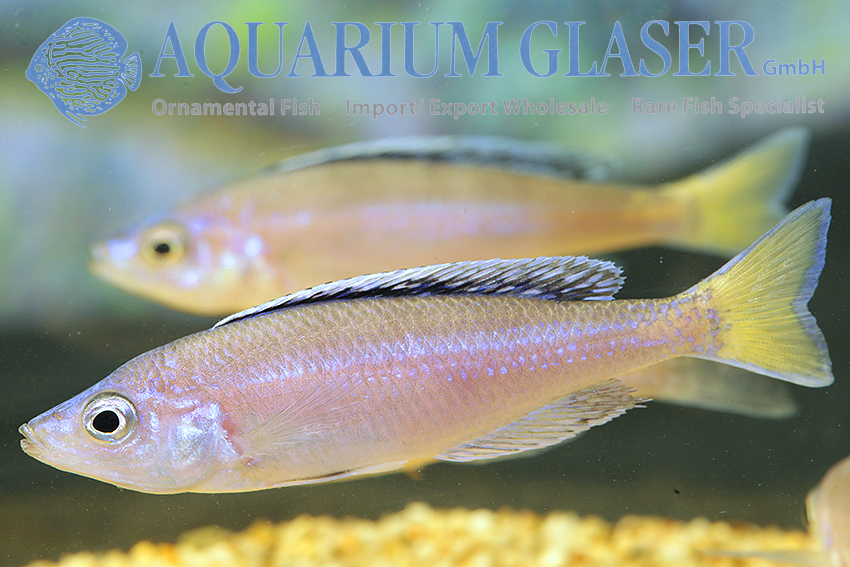
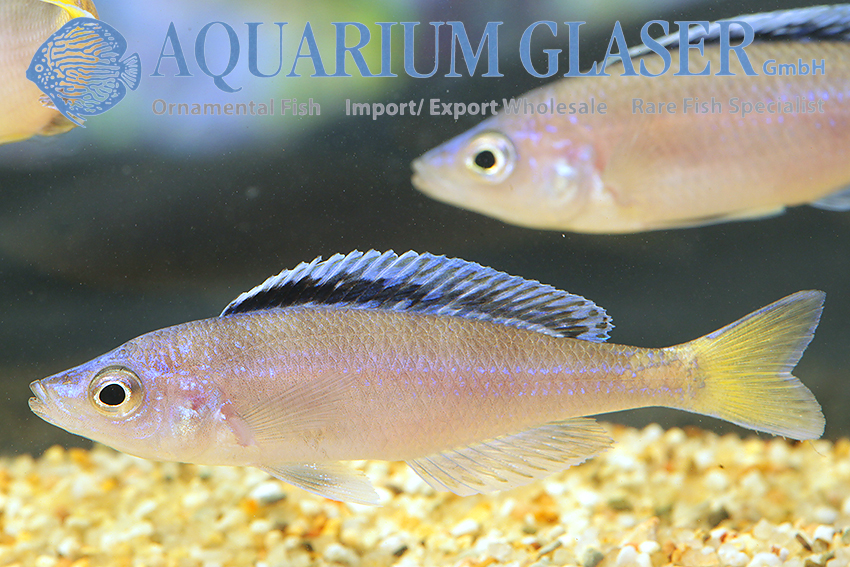
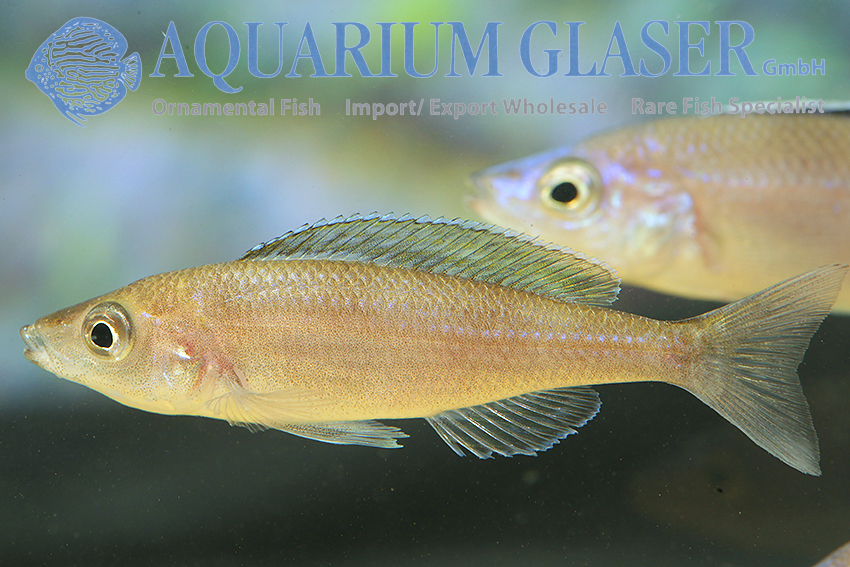
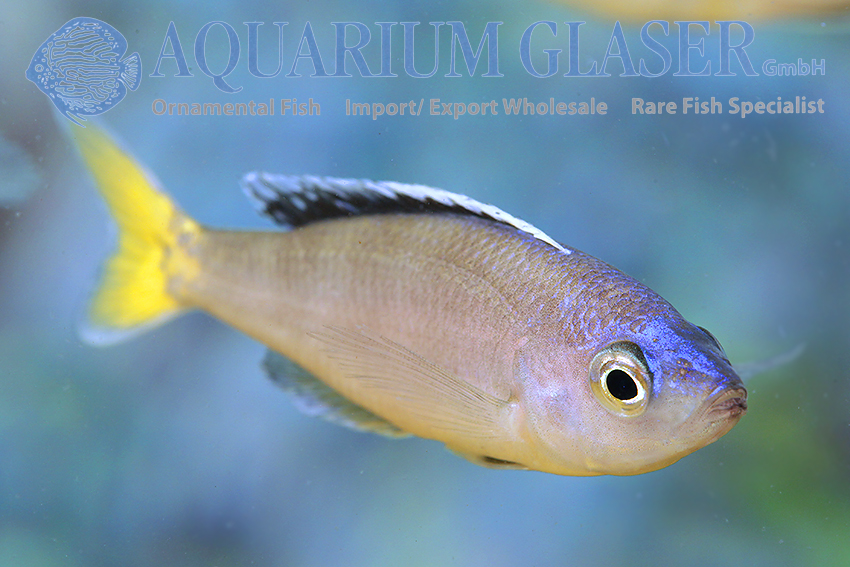

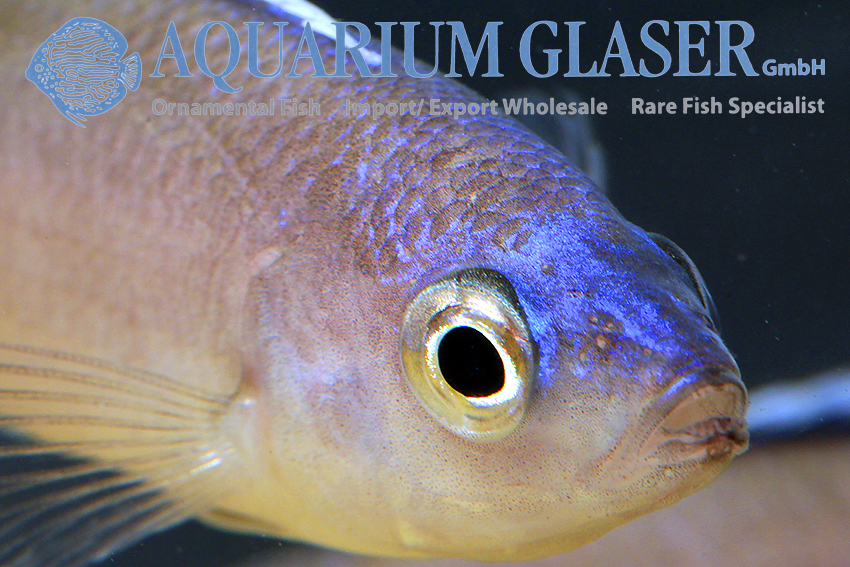
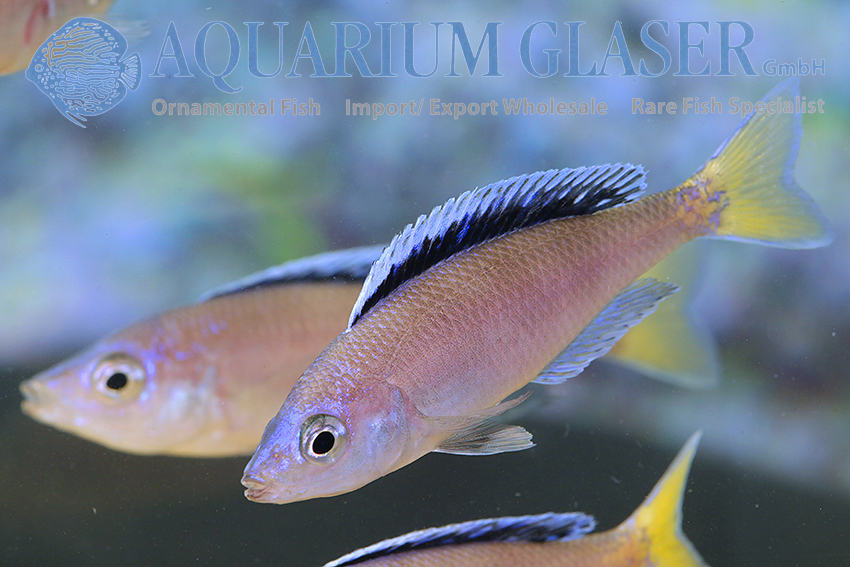
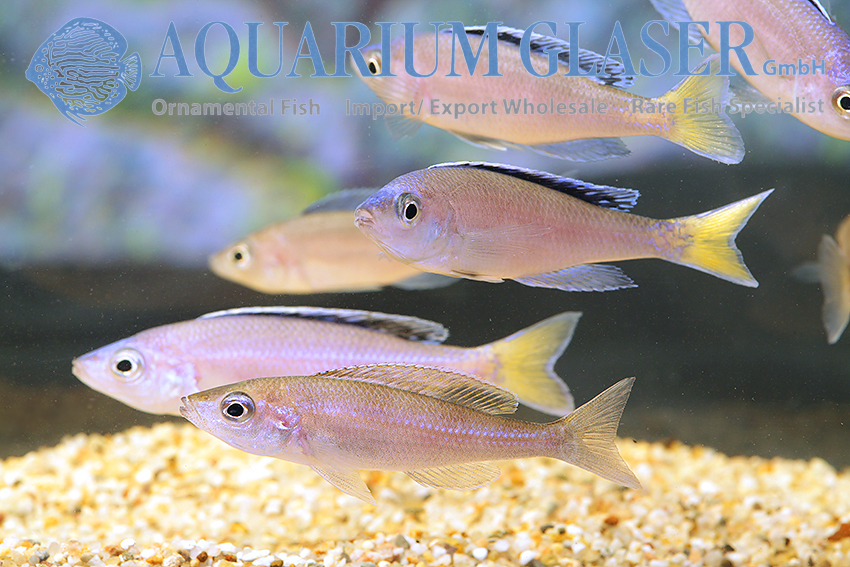
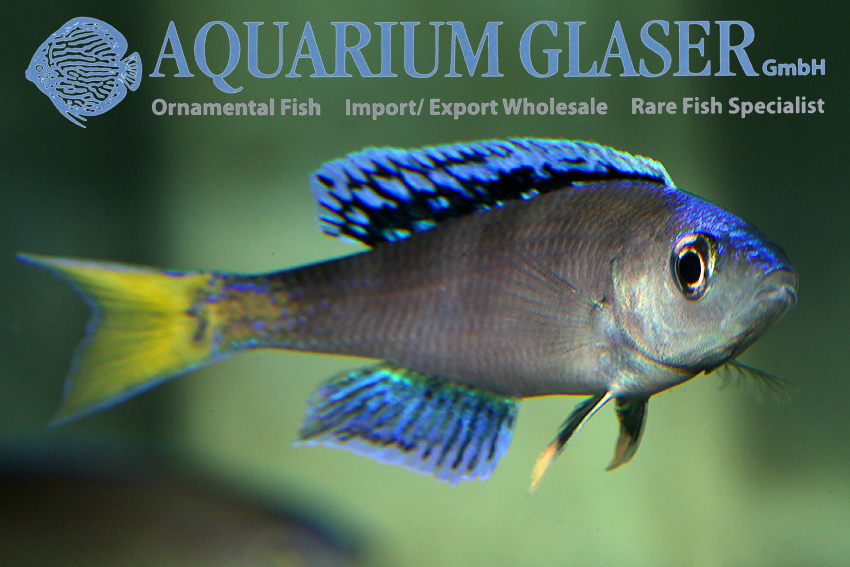
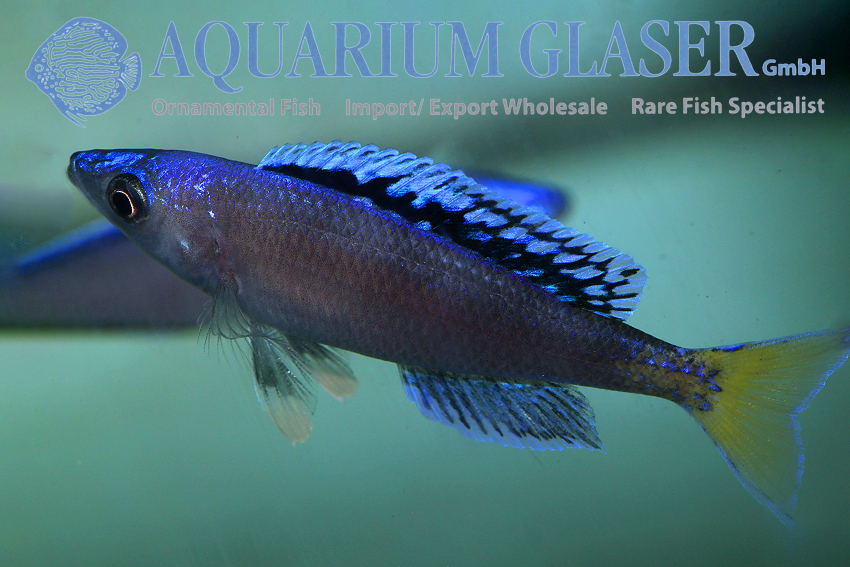
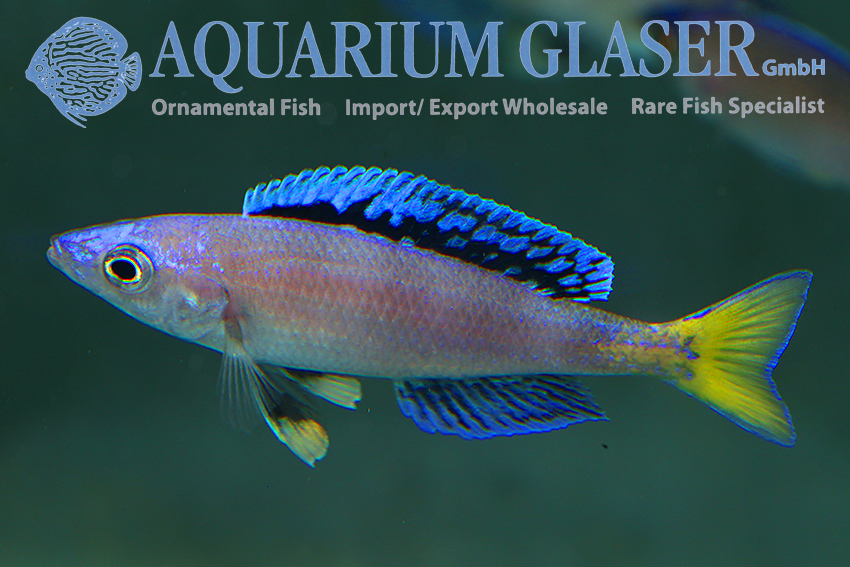
As Ad Konings emphasizes in the 4th edition of his “Tanganyika Cichlids in their Natural Habitat”, the behaviour of Cyprichromis and Paracyprichromis should not be misinterpreted to mean that these fish lead a pelagic life far from the shore in the lake (pelagic means that an organism lives in open water without any binding to structures). On the contrary: they only occur where there are rocky shores. They flee to the rocks in case of danger and this is also where their young grow up. This explains why there are so many local variants of these cichlids – similar to Tropheus and other rock-bound cichlid species. The small Cyprichromis never migrate far from their home reef.
At present, 5 species of Cyprichromis are known: C. coloratus, C. leptosoma, C. microlepidotus, C. pavo and C. zonatus. In addition there are the probably still undescribed species C. sp. “Leptosoma Jumbo”, C. sp. “Leptosoma Kigoma”, C. sp. “Leptosoma Kitumba” and C. sp. “Kibishi”. Most of these species produce different color variants and some are – not to make it too easy – polychromatic in the male sex. This means that differently colored morphs occur within a reproductive community or site variant. The meaning of polychromatism in males of animal species – the phenomenon occurs in relatively many cichlids (especially Apistogramma), but also in birds (e.g. Gouldian finches) – is not yet understood. There are many exciting observation opportunities here.
Cyprichromis leptosoma differs from the similar, as yet undescribed species by its bright blue head roof. The species has a wide distribution in the lake. The locality Mpulungu is in Zambia. The dorsal fin coloration is characteristic of several Zambian populations. There are blue-tailed and yellow-tailed males. The maximum length of the species is less than 10 cm.
Cyprichromis are easy to care for. They should be kept in groups of 8 or more. The sex ratio is not important. More males means that the females have more rest and there is more color in the aquarium, as the females are drab brown. Cyprichromis leptosoma „Mpulungu“ is an agamous mouthbrooder in the female sex; agam means “without a fixed pair bond”.
The water should be slightly alkaline (pH 7.5 – 8.5) and warm (around 28°C). It will eat any common ornamental fish food that fits in its mouth.
For our customers: the animals have code 519703 on our stocklist. Please note that we only supply the wholesale trade.
Text & photos: Frank Schäfer




